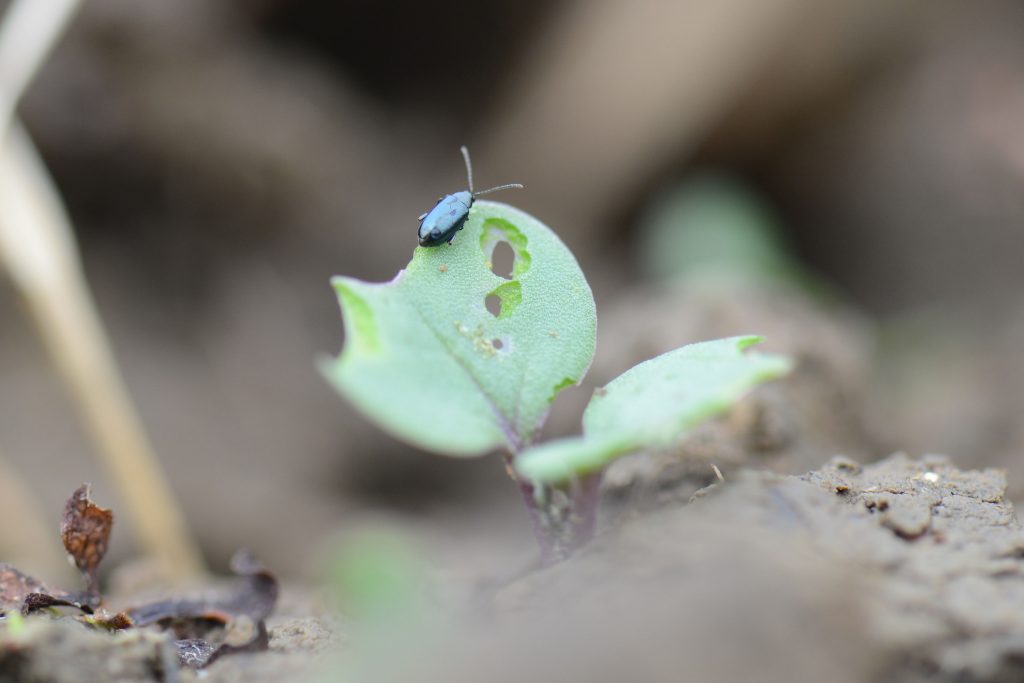Significant area of winter oilseed rape lost – survey
1st February 2019
Market research organisation Kleffmann Group, which conducts farmer surveys and panels, has identified from its GB Winter Oilseed Rape panel that there has been significant loss of this year’s planted
Market research organisation Kleffmann Group, which conducts farmer surveys and panels, has identified from its GB Winter Oilseed Rape panel that there has been significant loss of this year’s planted area with large regional differences being observed.
The Kleffmann Group panel consists of 403 UK rape growers and calculates an original planted area in autumn 2018 of 581,030 hectares of winter rape. The AHDB early bird survey is consistent with this figure at 582,000 hectares. However, 68 farmers have reported failed crops amounting to 6.28% of the total original planted area. This is 36,000 hectares lost. In the 2017/18 season, the percentage loss was just 1.62% so autumn 2018 has been much more hostile to rape survival by a factor of nearly 4 times.
The farmer survey has identified different proportions of hybrid and conventional variety adoption over a number of years. For the first time in many recent years it appears that there is nearly a 50:50 proportion between hybrids and conventional rape varieties being sown on farm (285,000 hectares of conventional varieties and 294,000 of hybrid varieties).
The survey shows a clear difference in failed crops by breeding method. In conventional varieties the area lost was 7.52% (21,000ha) of the area planted and of the restored hybrid varieties 5.16% of the crop planted (15,000ha) were lost.
Significant regional differences were also noted; Scotland, for example, had the lowest area of oilseed rape lost at just 0.91% of the original planted area, closely followed by the North East Region at 1.36%. The South East Region had the highest area of failed crop at 12.60%, followed by Yorkshire and the Humber Region at 9.75%. Between these extremes are the remaining regions; East Midlands suffered 3.5% loss, South West 4.34%, West Midlands (5.34%) and Eastern (7.29%).
Losses in cropping area have risen in comparison with the year 2018, where the crop failure amounted to just 1.62% of the original planted crop. Reasons for the crop losses are varied and include cabbage stem flea beetle damage (loss of neonicotinoid seed treatments and pyrethroid resistance in CSFB adults developing), poor establishment and in some regions a lack of moisture has hindered germination.

